Did Your Ancestor Sign the Declaration of Independence?
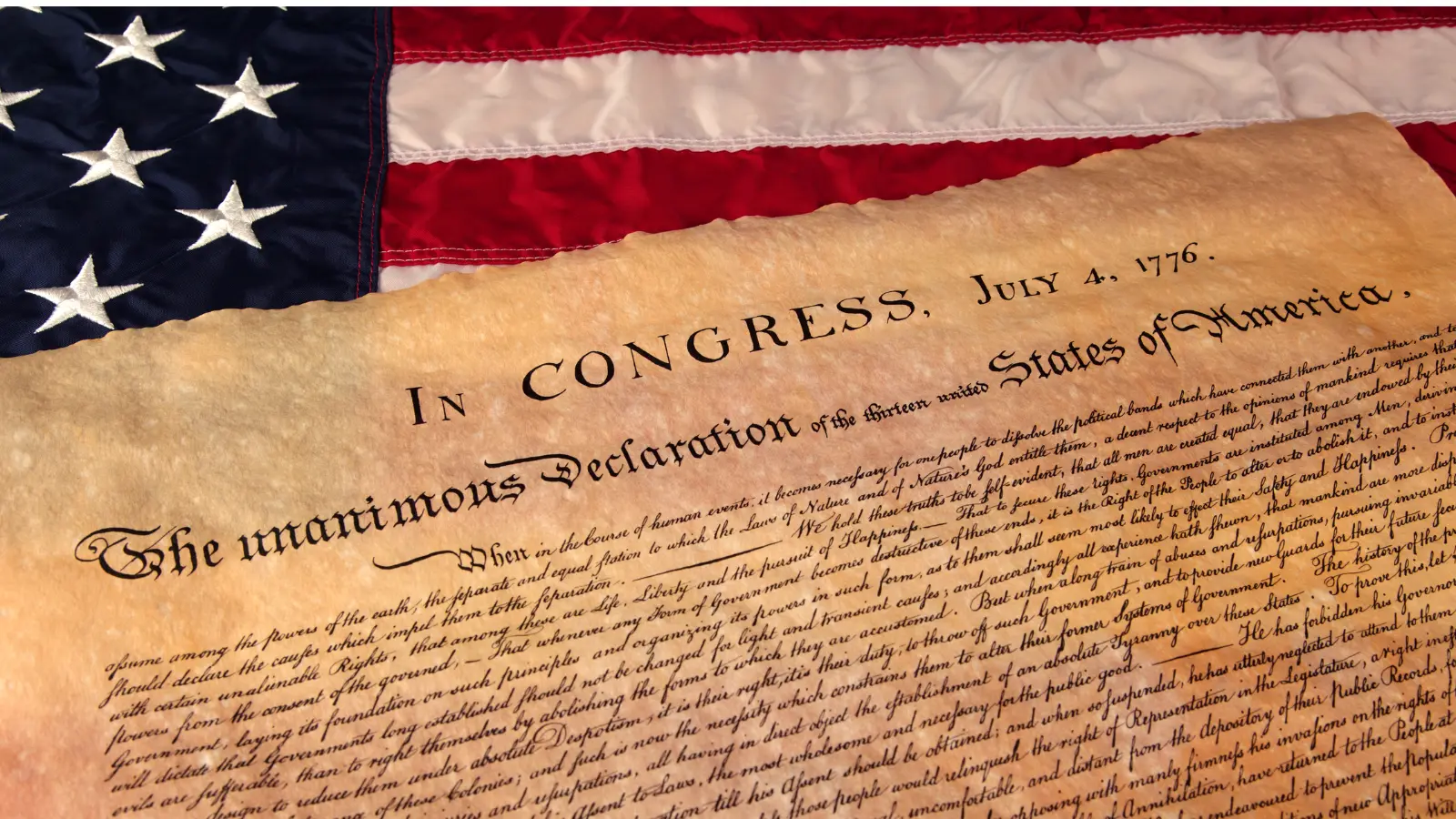
The United States’ Declaration of Independence is central to the identity of the US. It is the birth certificate if you will, of the great nation. As the country has grown and developed since then, so has its people. Some estimate the country’s population at that time to have been a mere 2.5 million. A few dozen of those signed the country’s founding document. What are the chances that you are somehow related to a signer of the Declaration of Independence?
56 Men Signed the Declaration of Independence
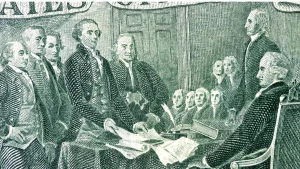
Fifty-six delegates signed the Declaration of Independence. Among them were Thomas Jefferson and John Adams, men who would eventually rise to the highest office of the land. Benjamin Franklin, a figure that requires no introduction, was also among the signers. Some of the names on the Declaration of Independence signers’ list, however, may not be as recognisable as these. Let’s take a brief look at some of the colorful figures among the declaration of independence signers’ list.
If you have known ties to any of these significant figures and are one of the declaration of independence descendants, we encourage you to use the Treemily family tree visualization tool to commemorate this!
John Hancock (Massachusetts Bay)
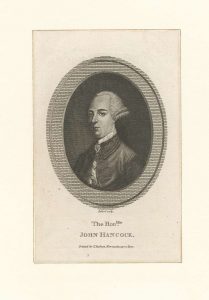
Hancock was one of the richest men on the list. His uncle left him a successful trading business. The signature on the document is large and showy, perhaps indicative of the character of the man. His name is, to this day, used in the US colloquially to refer to one’s signature.
Josiah Bartlett
Bartlett was a doctor by trade, and also had a successful political career in New Hampshire. He was a colonel in his county, and most notably, was chosen to represent New Hampshire as a delegate to Congress. He also served in the Supreme Court and refused the opportunity to become a senator.
Samuel Adams
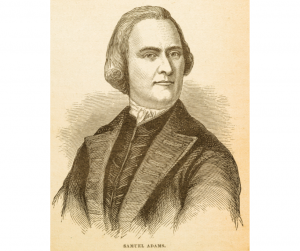
Adams, second cousin to John Adams – the president, represented Massachusetts. He graduated from Harvard College, had a stint as a businessman and tax collector before turning to politics where he had more success.
John Adams
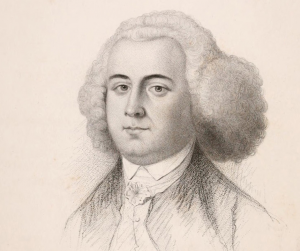
John Adams, who led the United States between 1797 and 1801, was also a Massachusetts representative. He was one of the people that risked their lives and the ire of King George by leading the American Revolution. Adams also served as the American Vice President for eight years prior to becoming president himself.
Elbridge Gerry
Apart from being one of the signatories, Gerry was also vice president for only two years. He was the second person to die while holding this office. Gerry was a progressive thinker who opposed the idea of British colonization, and fought to include the Bill of Rights in the Constitution. In fact, the “gerry” in gerrymandering comes from his name.
Stephen Hopkins
Hopkins had a long and storied political career, like most of his fellows. He merits a special mention here because at the time of the signing, he was suffering from palsy. He had to grip his own hand as he signed, in order to steady it. While doing so he said, “My hand trembles, but my heart does not.”
Robert Morris
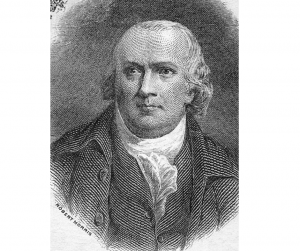
From Pennsylvania, Morris was a very wealthy merchant who was dubbed the “Financier of the Revolution.” He accepted the difficult role of overseeing finances, while also helping to arm the revolutionary cause.
Benjamin Rush
Apart from being a Founding Father, Rush is also credited as being the father of American psychiatry. He was also revolutionary thinker, he was against slavery, fought to improve women’s education, and make changes to the justice system. His ideas also laid the groundwork for later medical research.
Charles Carroll
Caroll is the only one on the list who was Catholic. He was also the last among the fifty-six signers to die. In a curious coincidence, he lived for fifty six years after penning his signature to the document.
James Wilson
Wilson was one of the legal minds that helped to shape the United States’ justice system. He was one of the first to serve in the US Supreme Court, and was the first Supreme Court justice to die.
Thomas Jefferson
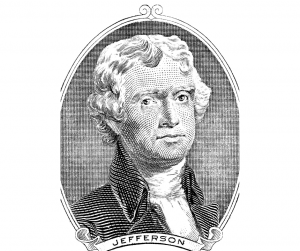
Jefferson is well known for being the third US president. He was also very wealthy, he is said to have owned hundreds of slaves. However, he is said to have been outspoken against the practice. He banned it internationally and, at home, tried to have slaves gradually freed rather than all at once. During his lifetime, he freed just two of his own.
Benjamin Franklin
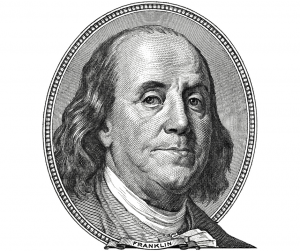
By far the most recognisable signer of the declaration of independence, Franklin’s face adorns the $100 bill. He is therefore always a sight for sore eyes. His life and legacy cannot be adequately summarized in a few dozen words. Suffice it to say that he is as large a figure as any, and a great influence in the America we know today.
Could You be Related to Any of These People?
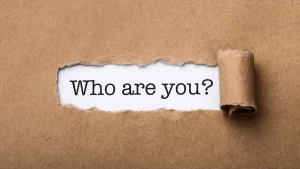
The list of Founding Fathers is fifty-six names long. Each one has an interesting life story. What is even more fascinating is the possibility that one of these biographies is actually part of your family history. Thomas Jefferson, for example, had a total of six children. The chances that you could be, in one way or another, related to one of the founding fathers may not be as remote as one might think.
Search for Your Relatives on the Web

With the genealogical tools available today, looking into your ancestry is that much easier. You can explore genealogical archives to help you dig a little deeper into who your ancestors are. Many people worldwide have been able to connect with relatives using search tools like indexed historical records, and other digitized information.
Use Treemily family tree visualization to eternalize your ancestry and deep ties with a prominent historical figure.
Conclusion
From 1776, generation after generation of Americans has come and gone. With them, the history of the most powerful nation on the earth has been forged. There are countless individuals, all somehow tied together, that have helped mold this story. Your family history may be inexorably tied to that. The chances that you can trace it back all the way to one of those fifty-six individuals that appended their signatures to the country’s founding document, are quite high. Certainly high enough to be worth looking into.





